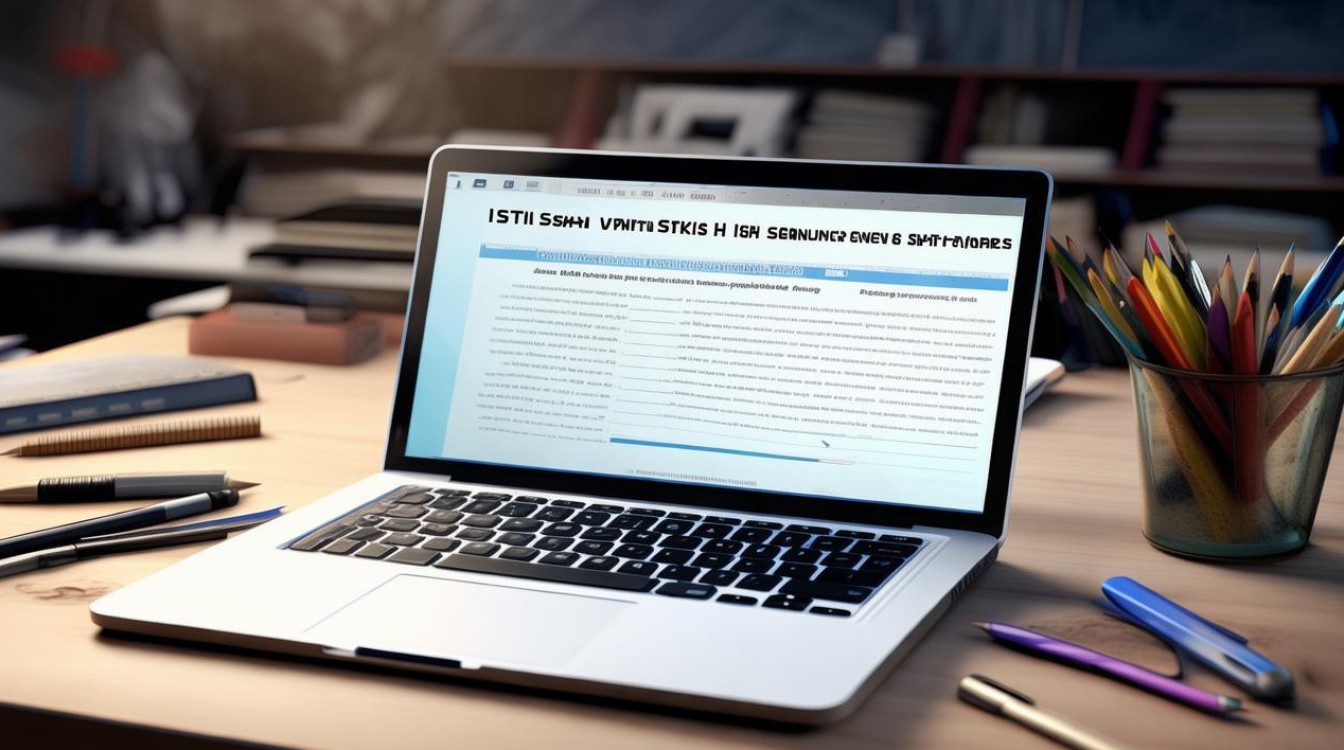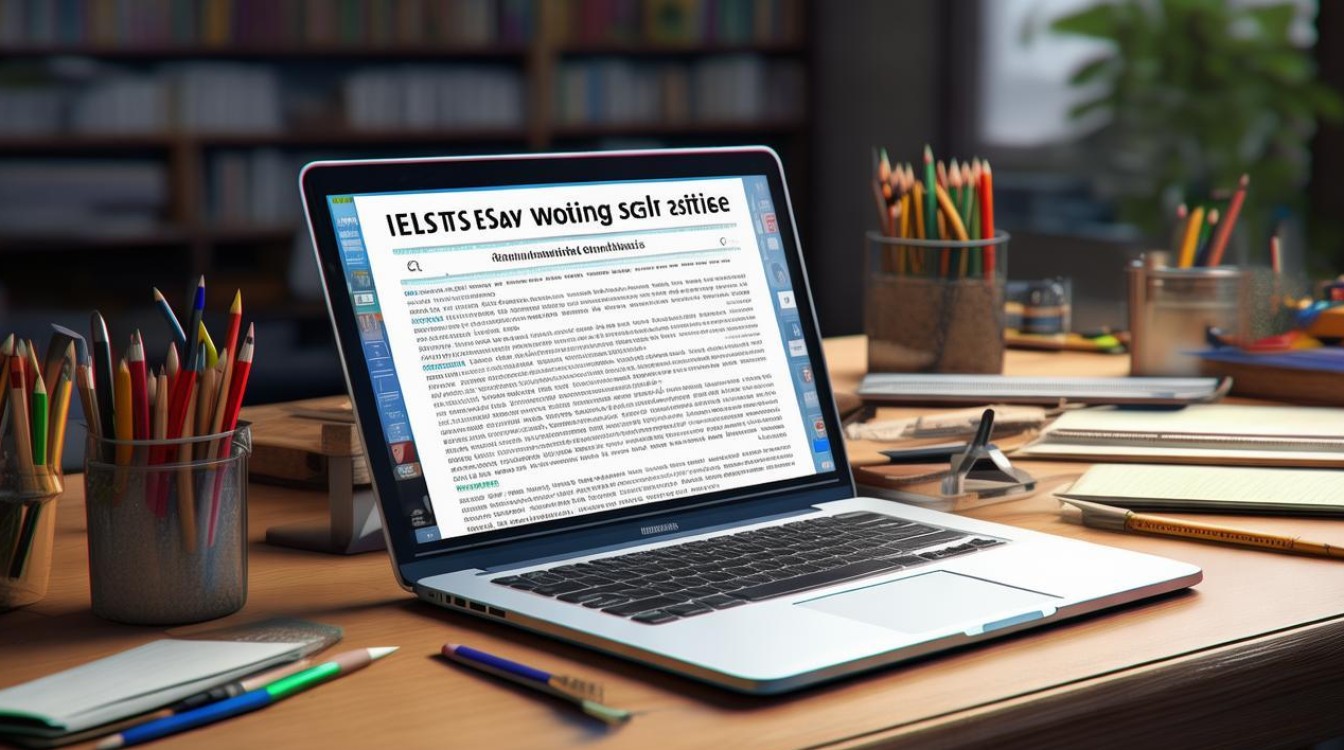雅思写作考试中,混合文(Mixed Essay)是一种常见的题型,要求考生结合不同观点或现象进行分析,并给出自己的见解,这类题目通常涉及讨论利弊、分析原因、提出解决方案等,想要在雅思大作文中取得高分,必须掌握混合文的写作逻辑、论证方法和语言表达技巧。

混合文的基本结构
混合文的写作结构通常分为四部分:引言、主体段1(支持观点)、主体段2(反对观点或补充分析)、这种结构能确保文章逻辑清晰,论证充分。
引言(Introduction)
引言部分需要明确题目背景,并简要概括两种不同的观点或现象,最后一句应明确表达自己的立场或写作方向。
示例句型:
- "In recent years, the debate over [话题] has sparked considerable discussion."
- "While some argue that [观点A], others believe [观点B]."
- "This essay will examine both perspectives before offering a balanced conclusion."
主体段1(支持某一观点)
这一部分需要详细阐述支持某一观点的理由,并提供具体例子或数据增强说服力。
示例论证方式:
- 因果分析:解释该观点为何合理,可能带来哪些影响。
- 举例论证:引用研究、统计数据或真实案例。
- 对比论证:与其他观点对比,突出其优势。
示例句型:
- "One compelling argument in favor of [观点A] is that..."
- "For instance, a study conducted by [机构] revealed that..."
主体段2(反对观点或补充分析)
这一部分需要分析另一种观点,或指出前一观点的局限性,同样需要提供具体论据支持。

示例论证方式:
- 反驳前文观点:指出其逻辑漏洞或现实限制。
- 提出新视角:从不同角度分析问题。
- 平衡讨论:承认部分合理性,但强调另一观点更优。
示例句型:
- "However, critics argue that [观点B] may lead to..."
- "Despite these advantages, it is important to consider..."
Conclusion)
结论部分需要总结主要观点,并明确表达个人立场,避免简单重复前文,应提出更深入的见解或建议。
示例句型:
- "In conclusion, while both sides present valid arguments, it is more reasonable to..."
- "Ultimately, a balanced approach that considers [因素] may be the most effective solution."
高分技巧
逻辑清晰,避免跳跃
混合文的核心在于平衡讨论,因此段落之间要有明确的过渡词(However, On the other hand, Nevertheless),确保读者能轻松跟随论证思路。
论证充分,避免空泛
每个观点都应搭配具体例子或数据,避免仅用抽象描述,讨论“远程办公的利弊”时,可以引用企业效率数据或员工满意度调查。
语言多样,避免重复
使用同义词替换、不同句式(条件句、被动语态、强调句)来提升语言丰富度。

- 原句:Many people think technology improves life.
- 改写:It is widely believed that technological advancements enhance quality of life.
符合学术写作规范
避免口语化表达(如lots of, kinda),使用正式词汇(如numerous, somewhat),确保语法准确,尤其是复杂句的使用。
常见错误与修正
错误1:立场模糊
问题:全文没有明确倾向,只是简单罗列观点。
修正:在结论部分清晰表达个人立场,并在主体段中通过论证体现倾向性。
错误2:论证不充分
问题:仅陈述观点,缺乏例子或分析。
修正:每个论点后补充具体案例、数据或逻辑推理。
错误3:结构混乱
问题:段落之间缺乏衔接,逻辑跳跃。
修正:使用过渡词(Furthermore, In contrast)确保行文流畅。
实战范文分析
Some people believe that governments should fund arts programs, while others argue that this money should be spent on public services. Discuss both views and give your opinion.**
范文节选:
Introduction:
The allocation of government budgets has long been a contentious issue, particularly regarding funding for the arts versus essential public services. While cultural initiatives enrich society, critics contend that taxpayer money should prioritize healthcare and infrastructure. This essay will explore both perspectives before advocating for a balanced approach.
Body Paragraph 1 (支持艺术资助):
Investing in the arts fosters cultural identity and creativity. For example, countries like France and Italy allocate significant funds to museums and theaters, which not only preserve heritage but also attract tourism. A report by UNESCO revealed that cultural tourism accounts for 40% of global tourism revenue, demonstrating the economic benefits of arts funding.

Body Paragraph 2 (支持公共服务):
Nevertheless, public services like healthcare and education directly impact citizens' well-being. In developing nations, inadequate medical facilities lead to preventable deaths, making it unethical to divert funds to less urgent areas. A study by the World Health Organization showed that increasing healthcare budgets by 10% could reduce mortality rates by 7%.
Conclusion:
Although arts programs contribute to societal enrichment, governments must prioritize basic needs. A viable solution could be partial funding for the arts through public-private partnerships, ensuring both cultural and practical needs are met.
个人观点
雅思混合文的高分关键在于平衡讨论与清晰立场,考生应避免极端化表达,学会在分析中展现批判性思维,通过逻辑严谨的论证、丰富的例证和精准的语言,完全可以在这一题型中取得7分甚至更高成绩。

